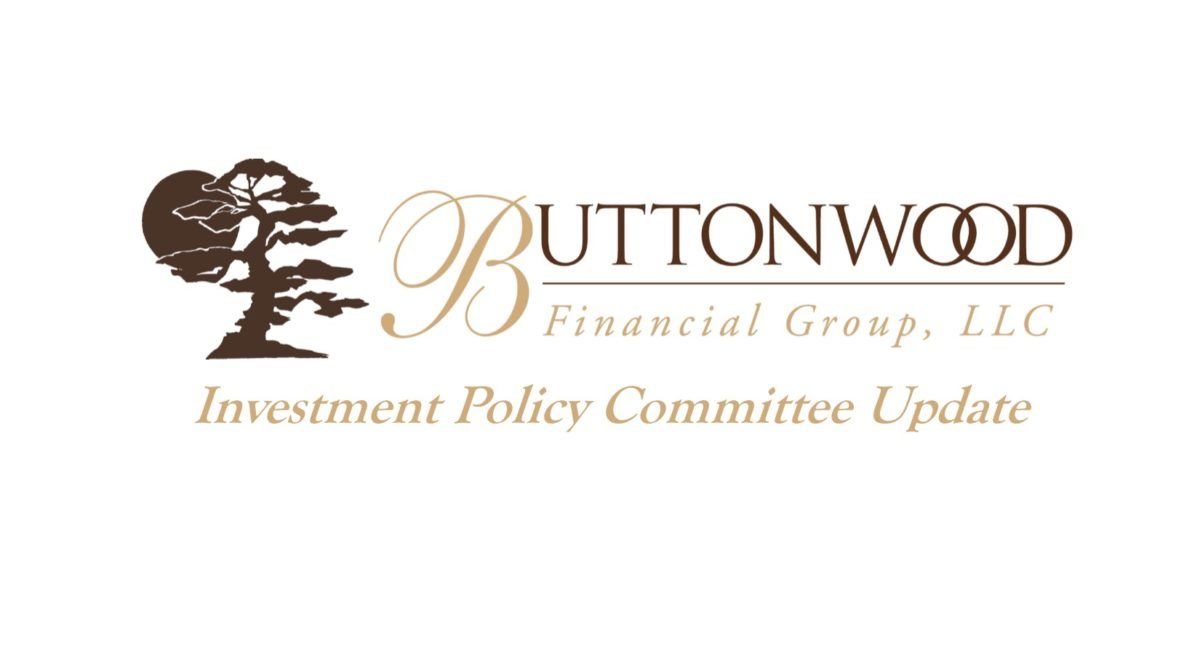CARES Act and What It Means For You
Updated February 22, 2021
Things continue to change with the Paycheck Protection Loan. The Small Business Administration continues to serve as a great resource for regular updates. If you have specific questions, we are happy to assist. Click here to schedule a conversation with one of our Lead Advisors.
Updated June 12, 2020
Ongoing PPP resource from the US Treasury – The CARES Act Provides Assistance to Small Businesses
Updated May 27, 2020
Updated May 15, 2020
Updated May 13, 2020
Updated April 22, 2020
Updated: April 16, 2020
Save Small Business Fund is a grant program dedicated to providing assistance to businesses with between 3 – 20 employees that have been financially impacted by the COVID-19 pandemic. The program is being funded by contributions received from corporate and philanthropic partners. The foundation may distribute grants in the amount of $5,000 to small employers who meet the following criteria: 1) Employ between 3 and 20 people; 2) Are located in an economically vulnerable location (the following website has a place to enter your business zip code to see if you meet this qualifier); and 3) Have been harmed financially by the COVID-19 pandemic. On April 20th, an application for this grant will be made available to small businesses through their website https://www.savesmallbusiness.com/. The website has a place for you to enter your email address if you would like to sign up to receive a reminder email.
- To apply for the grant, you should access the Save Small Business website where the application will be live Monday, Apr. 20 at Noon Pacific Time. The application will take about 10 minutes to complete and will only require their business’s W-9 form and basic supporting information about their business.
- Eligibility information is available on the Premier website in the Eligibility section. Additional FAQs are available on the Save Small Business FAQ section.
Updated: April 8, 2020 at 12pm
Updated: April 4, 2020 at 11am
Let’s start with a deep breath! Throughout Friday and overnight, we have been in touch with several banks and they are inundated with PPP applications and questions. Please keep in mind this is a $2T package announced just a few days ago so the rule makers in Washington have very little knowledge of what it actually takes to review and approve hundreds of thousands of loan packages.
This is truly an example of the right hand not knowing what the left hand is doing. Add in the comment by the Treasury of “first come / first served” and we now have an emotional rush – like yelling ‘fire’ in a crowded movie theater. The unknowns and emotions flood social media and email channels further resulting in misinformation. Friday headlines said BofA was receiving and processing thousands of loan applications, while other banks, like JP Morgan/Chase said they still didn’t have enough information. There are several online banks and companies offering to “help” but at the same time we are seeing a huge spike in scams. These “unknowns” are widespread and there is nothing any one of us as individuals can do to increase the communication between the Treasury, SBA and banks. See Fact Sheet from the Treasury.
So let’s step back and focus on what we know and what we can control (which is accurate as of today!):
- Each bank has been tasked with how they want to receive the information they will want to be able to approve their PPP loans. As such we have yet to see two banks asking for identical information (regardless of what the SBA, Treasury ‘rules’ or templates say they need to be asking for).
- In our interpretation, the primary concern from the banks seems to be that they will be held responsible for making these loans based upon bad data from bad actors. If you think about this from the bank’s perspective, they are trying to make sure they at have at least a relationship with the person or business they are approving the PPP loan for. As they process thousands of applications in the next few days this allows the bank to least be able to go back to someone they know and obtain additional details.
- Taking this logic in mind, if you have a primary bank where you make your business or personal deposits, we continue to recommend starting with that bank. If you haven’t heard from your bank, be proactive. Reach out to them and request an official list of documents needed – remember it will be specific to each bank.
- The items we have consistently seen on each list include:
- Payroll data for the last year or so. [ Data from Jan 31 2019 to Jan 31, 2020 was the date range provided by SBA / Treasury. In the real world we have seen banks requesting Calendar year data: Jan 1 2019 – Dec 31 2019, as well as the most recent data set: April 1, 2019 – March 31, 2020. ]
- Documentation your company exists (articles of Org, etc)
- IRS 941 / 944 and/or 2019 W-2 reports are also very common
- And of course the newly updated (as of Thursday 4/3 PM) PPP application
- We don’t recommend pouring hours of time into filling in spreadsheets from anyone other than what your chosen bank provides; even if the spreadsheet comes from a reputable source. For example the AICPA has a spreadsheet they have created, but it doesn’t match the specific data requested from Commerce Bank (here in KC).
- From our experience with this application process, if you have your business in order (using Quickbooks or ADP or CPA who processes your payroll, having a dedicated bank account for your company, and having your business files up to date) it takes a couple of hours to pull together and populate all of the necessary documentation.
If you have information contrary to this post, please send it to Jon@ButtonwoodFG.com or your primary advisor and we will do the best we can to keep these real world updates coming.
Updated: April 2, 2020
By now, you’ve heard the news; the Congress has passed the Coronavirus Aid, Relief and Economic Security (CARES) Act! This $2T stimulus package was designed to help ease the economic impact caused by the spread of COVID-19.
If you are involved in business, there are likely tons of articles and opinions flooding your inbox. So what does this really mean for you?
At Buttonwood Financial Group, we serve as a resource for our clients and community. Our Team has taken in the waves of information and condensed it down for you to digest. This email contains some of the high points and we have additional details and links on our website .
Keep in mind, while some of the loan programs are have lower rates of interest and some of the loan amounts may be forgivable, we are still talking about debt.
Loan options that make the most sense for small business:
- The Economic Injury Disaster Loan (EIDL) can provide up to $2 million of financial assistance to small businesses or private, non-profit organizations who are impacted by COVID-19. Loan amounts are based on the amount of economic injury incurred. There are no upfront fees or early payment penalties. These loans are coordinated by the Small Business Administration. The repayment term will be determined by your ability to repay the loan. You can apply directly through the SBA for the EIDL loan here.
- The Paycheck Protection Program (PPP)
is another option and applications can be submitted starting April 3, 2020. This program is designed to prevent small businesses from laying off / furloughing employees. “SBA will forgive loans if all employees are kept on the payroll for eight weeks and the money is used for payroll, rent, mortgage interest, or utilities,” according to the Small Business Administration. Any small business or nonprofit with under 500 employees is eligible for this loan, as are individuals who operate under a sole proprietorship or as independent contractors. The application process must be coordinated with an existing SBA lender, any federally insured institution, federally insured credit union or Farm Credit System institution who is participating. As the process is ‘first come – first served,’ we recommend filling out your application as soon as possible and providing it, along with supporting documents, to your lender. If you haven’t heard from your primary bank, check in with them.
Lenders will begin processing loan applications as soon as Friday April 3, 2020.
- Loan Details
- The loan amount can be up to 2.5 times of your average monthly “payroll costs” for the last 12 months, up to an annual rate of pay of $100,000 per employee. Loans may not exceed $10 million. Different rules may apply to seasonal businesses or companies that were not in business from Feb 15, 2019 to June 30, 2019.
- If an employer receives a PPP Loan, they may not be eligible for other CARES Act programs such as the Employee Retention Tax Credit and the Payroll Tax deferment option.
- Loan Details
-
- Loan Forgiveness
- Your loan will be fully forgiven and turn into a “grant” if all funds are used for expenses listed above. At least 75% of the forgiven amount must have been used for payroll. Forgiveness will be reduced if the number of full-time employees decreases or if salaries and wages are decreased. The amount of loan forgiveness will be reduced by any reductions in an employee’s wages in excess of 25% or a reduction in the number of employees, unless the employer eliminates the salary reduction or rehires employees by June 30, 2020.
- If your loan is not forgiven due to fund allocation, this will carry forward as an ongoing loan with a maximum term of 10 years with a 4% interest rate. The loan will be subject to payment deferral relief.
- Loan Forgiveness
Additional details of note from the CARES Act:
- Recovery rebates are based on your adjusted gross income (AGI) from your latest tax return. If your income was lower in 2019 than in 2018, you may want to file your taxes sooner rather than the new July deadline to qualify for additional benefits.
- If funds are withdrawn from your retirement accounts in 2020 (IRA, 401(k), etc), you will not face the standard 10% early withdraw penalty. However, the withdraw will still be taxable at income tax rates.
- 2020 is excluded from any 5-year rule or 10-year rules. This means, there will not be a waiting period before you can withdraw funds from your Roth IRA in 2020.
- If you have an inherited IRA (traditional or Roth), you will not be required to take your scheduled distributions in 2020 thus, decreasing your tax liability.
- For those who are at the age where Required Minimum Distributions (RMDs) are required, you do not need to take your RMD for 2020. Although, if 2020 will be a lower tax year, or you are using your IRA to make Qualified Charitable Distributions (QCD’s), it may still be beneficial to do so! If your 2020 RMD has already processed, the IRS will allow you to reverse the RMD.
- Over the counter medication has been added to the list of qualified expenses for Health Savings Accounts (HSAs) and Flexible Spending Accounts (FSAs).
- All student loan payments and interest accrual have been suspended until September 30 , If you are set up for autopayment on a student loan and want to take advantage of this, be sure to log into your student loan account, cancel autopayments and add a note to your calendar in August to turn them back on.
- The CARES Act is making it easier to make charitable contributions. For those taking Standard Deduction, you will be able to deduct up to $300 of charitable contributions for 2020. Additionally, the Adjusted Gross Income (AGI) limit of 60% for charitable giving is removed for the 2020 tax year. Any excess funds can be carried forward for 5 years. Churches, food pantries and other resources are incredibly valuable in times of crisis such as this one. Take this opportunity to make charitable contributions and deduct from your 2020 taxes.
For those who do not own businesses and have found themselves furloughed, there are options as well. You may apply for unemployment to maintain some monthly cash flow. Click here for more details on how to file in each state.
We understand this is a lot to take in and this summary only highlights some of the key points. As your Family CFO, please know we are constantly reviewing opportunities as information is released and changes are made. We will continue to include and share strategy unique to your situation as we meet throughout the year. If you have time sensitive questions, please reach out to us via email or a call and we will do everything we can to assist you along the way!
The post CARES Act and What It Means For You appeared first on Buttonwood Financial Group, LLC.
Recent Buttonwood Articles
Are you ready to explore the benefits of your very own Family CFO?







